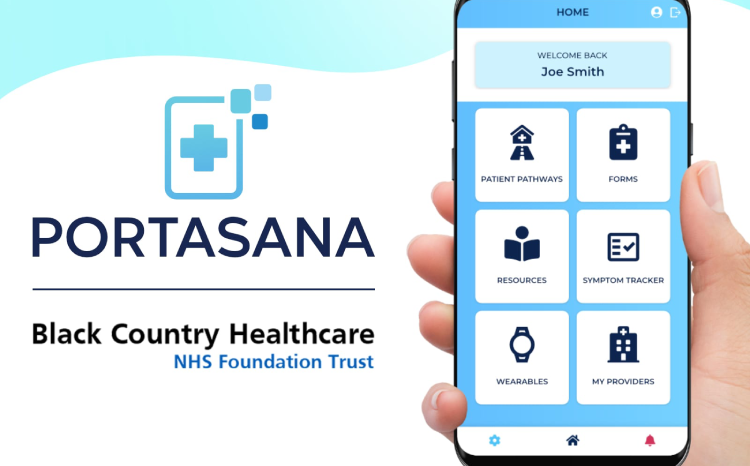Calculating the final bill
- 5 February 2004
Anyone who reads the Times will be familiar with their ‘dine out for a tenner’ deals. Top London restaurants offer cheap deals on stripped-down menus, while banking that once they’ve got you in the door and you’ve drunk your complimentary glass of fizz you’ll start ordering a la carte and racking up a big bill.
The National Programme for IT (NPfIT) seems to be assuming that trusts will act in a similar way once they see the mouth-watering line-up of products and services being offered by their Local Service Provider (LSP). And early indications are that many trusts will have no choice but to dig deep in their pockets, if they want to benefit from the centrally purchased systems LSPs are to deliver.
With the NPfIT yet to publish details of the final contracts signed, and accompanying terms and conditions, it remains difficult to be certain who will be expected to pay for what. Richard Granger has, however, recently promised the IT trade-body Intellect that this information will be made available.
What has become clear from the information now beginning to flow from LSPs to local trusts and strategic health authorities is that most trusts will have to make a substantial local investment.
Areas not covered by the LSP contracts include: training staff and change management. And according to a 27 January Computer Weekly report, citing a briefing document from the London cluster, “Trusts will also be expected to undertake or provide data migration, interfaces, infrastructure – desktop and Lans – local helpdesks, infrastructure support staff, and deployment preparation such as contingency plans and user manuals."
This is echoed in an NHS briefing document from the North West and West Midlands cluster seen by E-Health Insider, which states that trusts will be responsible for paying for:
- Local implementation costs for core LSP services
- The cost of purchasing additional LSP services
- Continuing support costs for additional LSP services
- Local implementation costs of additional LSP services
- Local project management and change management
- Education, training and development
- Local IT infrastructure improvements
The briefing document goes on to state that trusts will have to bear the majority of the cost of ‘additional’ LSP services, including:
- Support for Picturing Archiving Communications Systems (PACS)
- Pathology systems
- Support for financial payments to providers, based on individual patient care plans
- Document management
- Systems support for ambulance services
- Systems support for dental services
- Support for scheduling and clinical noting within radiology services
- Pharmacy stock control
- E-health applications such as telemedicine
One senior NHS IT manager in the North of England told E-Health Insider this week: “The National Programme is a great idea, but it will require a lot of extra local money, and it’s happening at a time when every trust is strapped for cash."
The anonymous source said that the local strategic health authority was still haggling with the LSP about what was in the contract. “Every time we meet with the LSP there is more and more stuff we have to pay for." The problem, he suggested, was that much of the core functionality that was in the OBS documents appeared to have disappeared during final contract negotiations, in order to get the contracts past the Treasury, and now has to be paid for locally.
He stressed though that he had no problem with trusts having to pay for local implementation. “That’s never been an issue, you’d never implement an EPR without a full change management process and programme."
However, he expressed serious concern about where the costs of paying for integration of systems into the spine would fall. “We’ve been given a summary of the contract that says we could, if we wanted, go outside the LSP line-up of products, but would have to fund the costs of integrating with the spine."
The source continued: “LSPs will do the integration for their products but we have to pay for the integration of anything else.” He argued this had massive implications if trusts had to pay for the integration of all non-LSP systems into the ‘data spine’. “The implications are very significant and the costs could rapidly escalate."
He said that if trusts are unable to meet these integration costs of ‘non-capable’ systems, large numbers of the local clinical systems currently in use may never be connected to the spine, severely limiting its value. “A lot of them may simply never be connected to NHS CRS [care record service]."
With many trusts currently meant to be drawing up their 60-day implementation plans to March deadlines, another major concern was the lack of clarity on pricing of LSP services and products. “There are massive blanks in our spreadsheets where we haven’t got a clue about the price of things. And by March there will be rows as the affordability gap becomes apparent," predicted the source.
This was backed by a trust IT director, from the Midlands, who told E-Health Insider: “We’ve yet to get pricing from our LSP, but we’ve got to sign off a fully costed implementation plan by the end of March. It’s extremely tight, whether its going to be achieved remains to be seen."




